Most of us have been there. Driving along having a grand old time when a light suddenly flashes on your dashboard. Sometimes we know why, like the fuel warning light. But more often than not, it’s a light you’ve never even seen before.
The first thought is often panic. A dashboard warning light has come on. Your car is about to have a catastrophic breakdown. Pull over. Call the mechanic. Cry. Your car is ruined, it’s never going to work again. I’ll be bankrupted trying to fix it … and then there’s confusion as we inevitably try to ignore it, and then realise that it wasn’t maybe so serious after all. And then it goes off and disappears for a while, before coming back on again.
Ignorance is not necessarily bliss. The dashboard warning lights usually come on for a reason. If they do switch on, even for a little while, it’s a sign that something could be wrong and it's worth checking out. But how soon do you need to deal with the warning? To help you out, we’ve put together an explanation of the most common dashboard warning lights. So you know exactly what you’re dealing with.
Engine management

The most common dashboard warning is the engine management light; designed to warn you of a problem with your car’s brain. Most modern cars have an onboard computer built in to help manage different functions of the engine. This light tells you that there is something not quite right with the engine. But this could be anything from not running as efficiently to signaling a much more serious issue is coming. It's always worth getting this checked out soon.
Power steering

This warning light signals that there is an issue with the car’s power steering. It could be there is a leak in the system, meaning you lose that light touch, or that the fluid levels are low and need replenishing.
Doors

Make sure all the doors are closed, including the boot!
Engine cooling

This warning light signals there is a problem with the engine cooling system, so that normally refers to the radiator. You might want to check the water levels on the car. Be careful when you open up the bonnet to check the levels. Your engine is likely to be a lot hotter than normal, and the engine components can be red hot. If you’ve checked the water levels and they are fine, you’ll need to get a mechanic to take a look.
Oil light

No, it’s not Aladdin’s lamp. This warning is to indicate there is a potential issue with the car’s oil levels. Time to open up the bonnet and take out the dipstick. If the oil levels are low, make sure to add some more, and ensure it’s the right type for your car. While you might be able to get away with putting any engine oil inside, different types are designed for different engines. Choosing the right kind will make your engine run more efficiently.
Tyre pressure
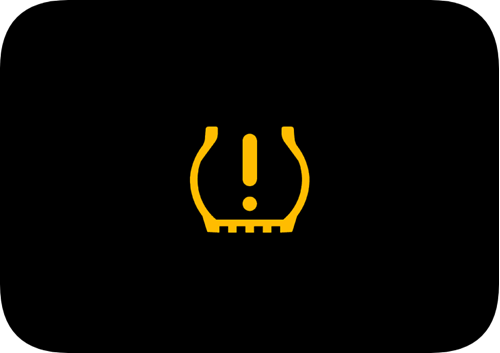
In modern cars, you might see the above tyre pressure warning light when there’s an issue with your wheels. Time to pay a visit to your local petrol station and add some air to your tyres. Make sure you inflate them to the manufacturer’s recommended pressure. You can find this in the car’s handbook, or on a metal kickplate that you’ll see inside one of the front doors of your car. If the warning comes on again, it might indicate you have a slow puncture in one of your tyres. Time to go to the garage!
Brakes or handbrake

This warning light is one you will see quite often. It normally signals that the handbrake is on. So if you do notice it when you drive, make sure the handbrake is fully released. If it comes on without the handbrake being activated at all, then there will be an issue with your brakes that needs looking at urgently. Go to your mechanic or a garage immediately.
Battery charge
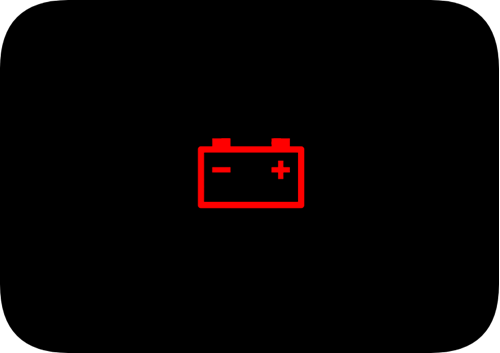
Another relatively simple warning light, this one tells you there is an issue with the battery’s charge. It could be down to the weather, as we know the cold can affect the battery cell. It could be because you’ve left your lights on overnight and drained the battery. Or it could be that the battery itself is damaged or faulty and needs replacing.
Traction-control
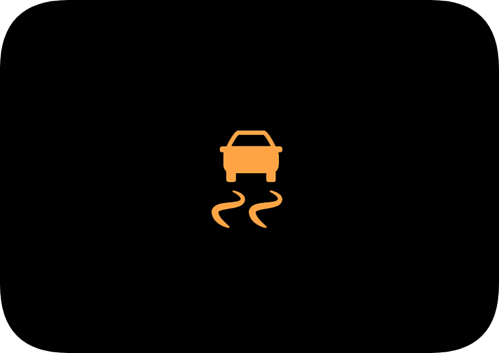
You’ll see this light in cars that have traction control. It will normally switch on when the road surface is particularly bad, like during heavy rainstorms or when it’s covered in snow or ice. It’s there to tell you not to rely on it, so you’ll have to drive more carefully.
Seatbelts
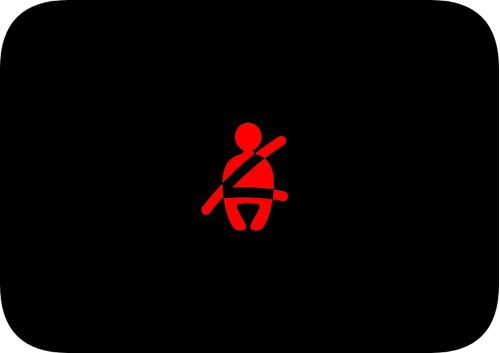
Another relatively straightforward one to understand. This tells you that your seatbelt is not fastened and needs to be done up properly. It could tell you there’s a fault with your fastening that might need to be fixed. Check your car’s model to see if it detects if other passengers are sat down and their seatbelts are undone.
Transmission
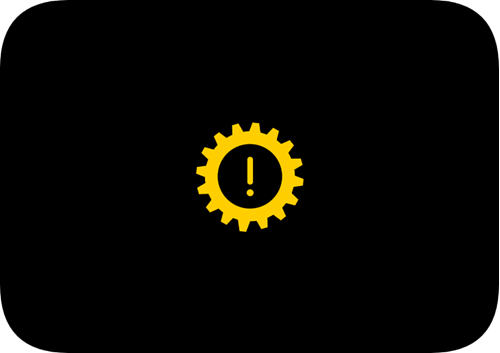
The clue to the warning light is the giant cog behind the exclamation mark. This light warns you that there is an issue with your transmission. If you have an automatic gearbox, this could suggest it is malfunctioning or is not running as efficient as it should be. If you have the option to switch to manual gears, do so. Otherwise, get it checked.
Adaptive cruise control
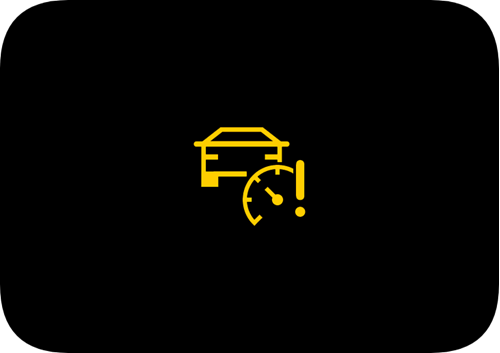
Another relatively new warning light to be added, you’ll find this one on car’s with adaptive cruise control. This light is designed to tell you that it’s not working. So if you’re hoping you can cruise along without any worries, this light tells you that’s not the case!
Time for tea
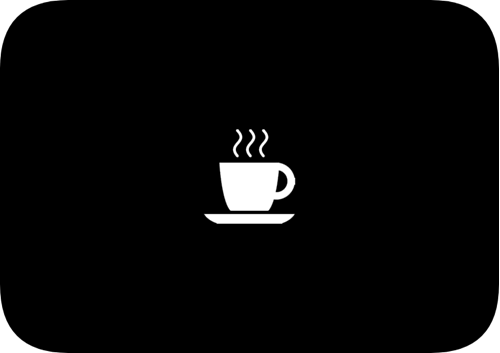
And another new one! This one is designed to signal to you that you’ve been driving for a long time and it’s time to take a break. And you’ve earned one, for reaching the end of this article.
Find a deal that will light up your day!
Apply online today and let Creditplus find your perfect car, and you could soon be behind the wheel of a car that’s undergone an 82-point RAC inspection and full valet - before being delivered to your door. Less stress and more time to enjoy the important things in life.





 Facebook
Facebook Twitter
Twitter Instagram
Instagram LinkedIn
LinkedIn Youtube
Youtube